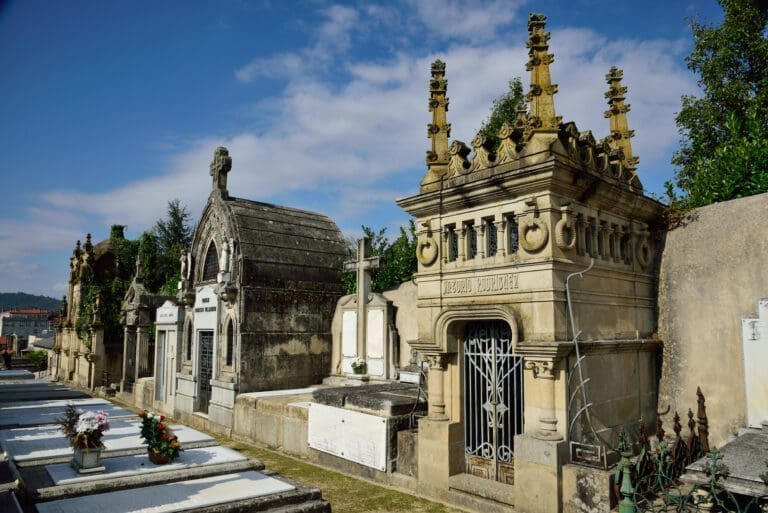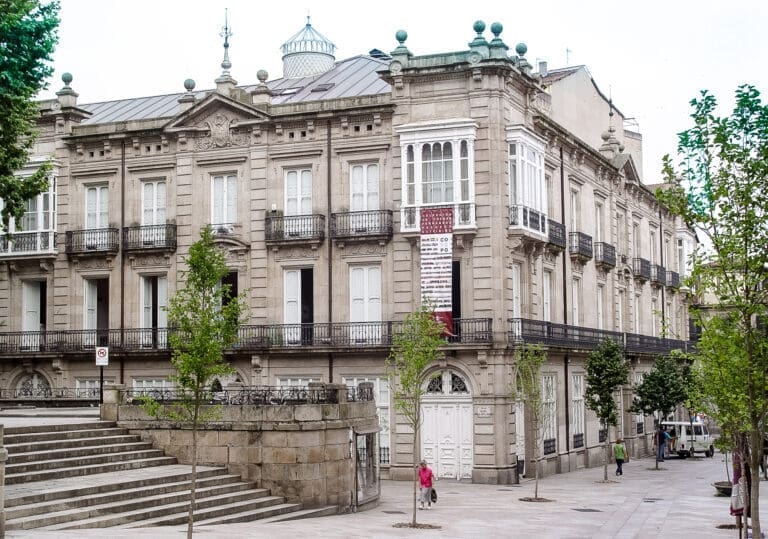Although it was built as part of a former Jesuit school, the Church of Santa Eufemia is, since 1767, parish church of the diocese of Ourense, coinciding with the expulsion of the religious order in Spain. Its facade, the work of Fray Plácido Iglesias, is an archetype of Galician baroque. It combines sumptuousness, the use of curved lines and the play of light in its entrances and projections with the most typical details of Galician art: the use of granite, the giant order of the columns, the pinnacles or the split pediment with cross.
Its peculiar concave shape is striking: it is possibly a resource used to give greater monumentality to a captive facade in a narrow street. It would not be until several years later that the square that today presides over it and that connects it with the neighboring Cathedral was ordered and built.
The second largest church in the city, whose facade is a magnificent example of Galician baroque.
The works of the Church of Santa Eufemia began in the mid-seventeenth century by private foundation, although its facade was not completed until a century later. Vaults and dome are from the nineteenth century, and in the twentieth century is completed with the sculpture that adorns the central niche, the image of Santa Eufemia, patron saint of the parish and saint of great devotion in the city. The figure is the work of Xosé Cid and dates from 1985, while the bell tower is from 1989. After the Cathedral, it is the second largest church in Ourense.
The interior, very austere, has a Latin cross plan with three longitudinal naves, the lateral ones being lower. A large baroque altar presides over the church with the Christ of Hope in the center (XVIII century).
The annex building on the right was built as a school for grammar studies; later it has been an institute, a museum, a seminary and currently a priest’s residence.
According to tradition, the saint evangelized in the area of O Xurés and therefore suffered martyrdom in the time of Emperor Hadrian. She was buried in the place that today receives the name of Sierra de Santa Eufemia.
Centuries later, in the year 1060, a shepherdess discovers the tomb from which a hand emerges, takes her ring and when she puts it on she loses her speech, which she recovers when she returns the jewel to the saint. A voice is then heard saying that Saint Euphemia is buried there. Thus began the disputes between the dioceses, since the place was halfway between Braga and Ourense. It was decided to put the body in a cart pulled by an ox and bury the saint in the place where she was going. It was Ourense, and this explains the prominence that Santa Eufemia receives both in this church and in the Cathedral, where this story is still evoked in a side altar of the main chapel.

 Ourense, Galicia
Ourense, Galicia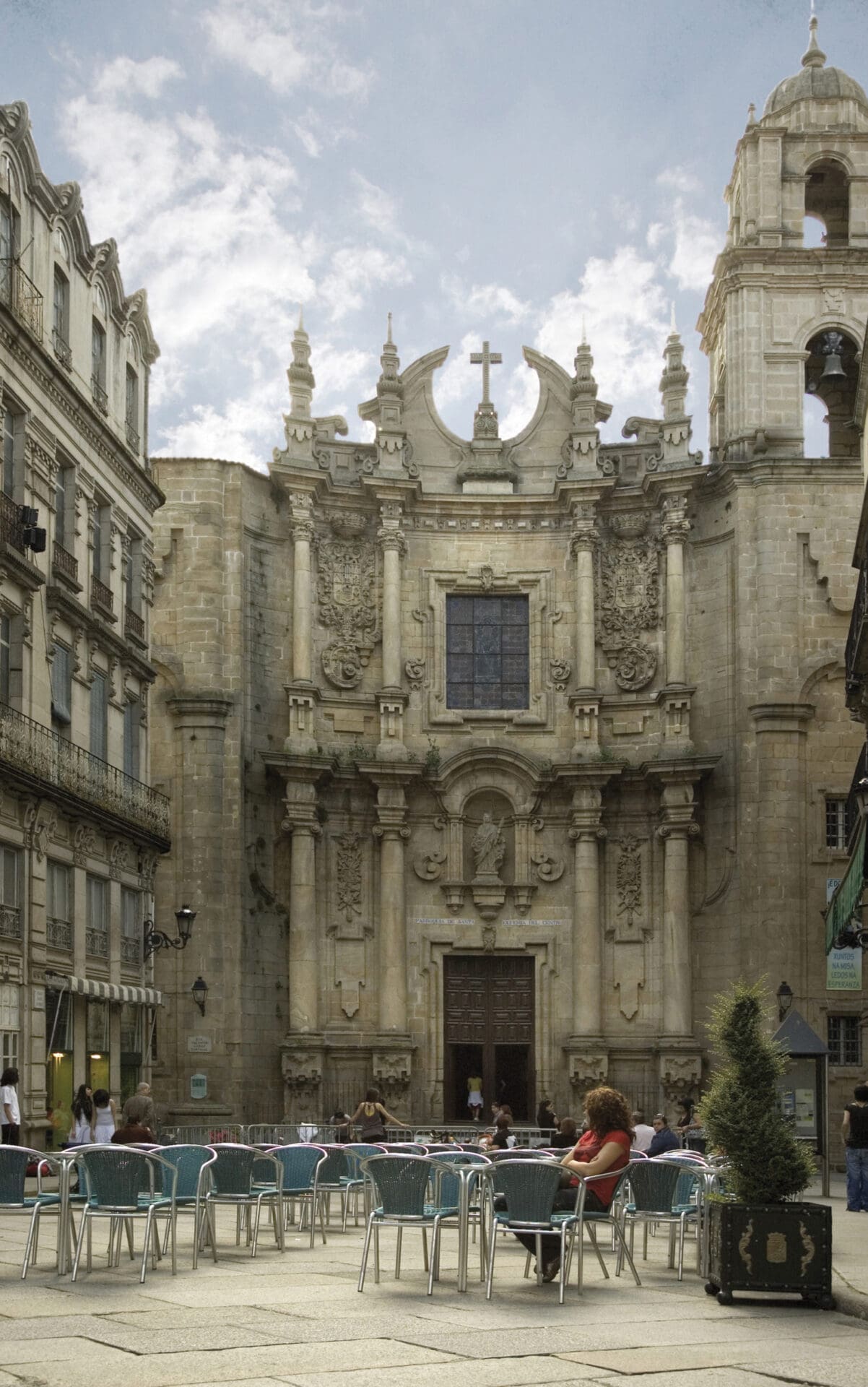
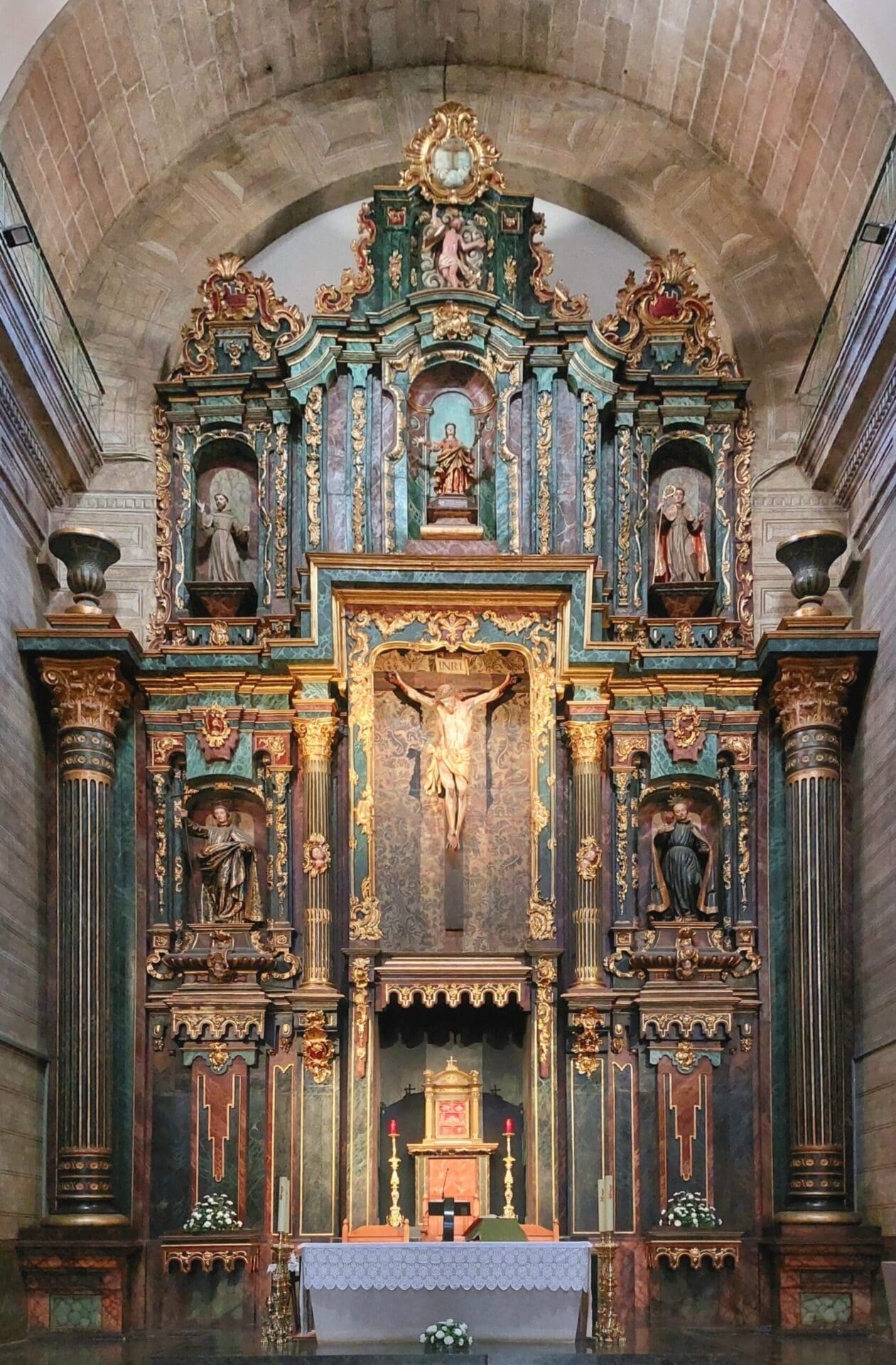
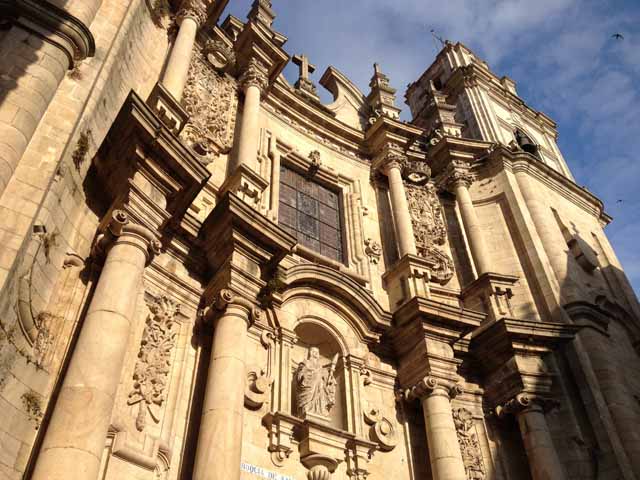



 Iglesia de Santa Eufemia de Ourense
Iglesia de Santa Eufemia de Ourense 